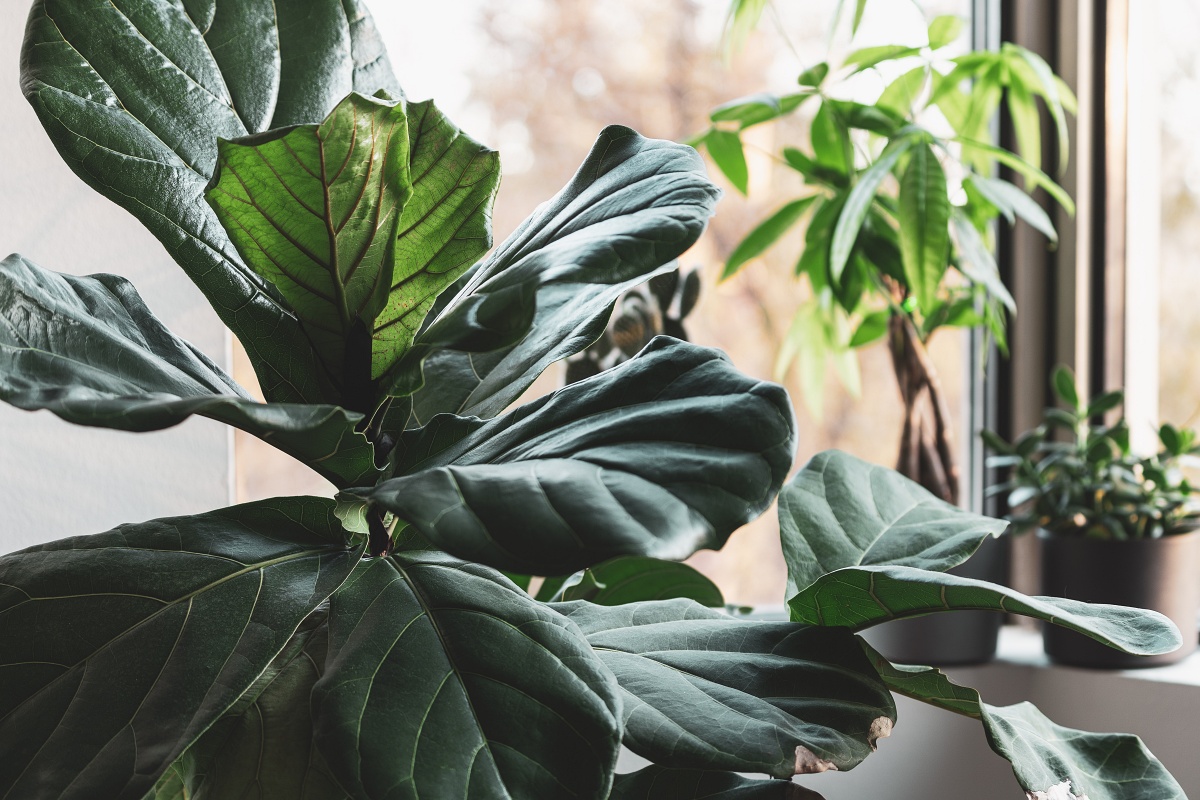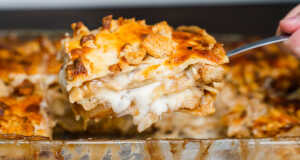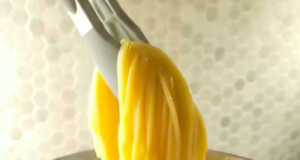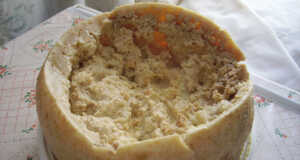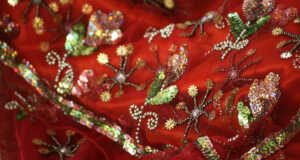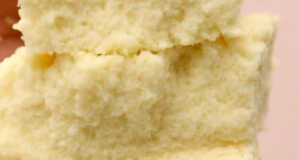Since the Victorian era houseplants have been in fashion. These little (or sometimes big) pots bring joy into a space, but have also been shown to increase concentration and provide health and mood benefits. Simply put, bringing some of the outside in has been a way to make a space feel homey. But, different plants have been in vogue in various decades as tastes changed over time. Here is a run-down of the most popular plants by decade that show how we’ve much owning indoor plants has changed.
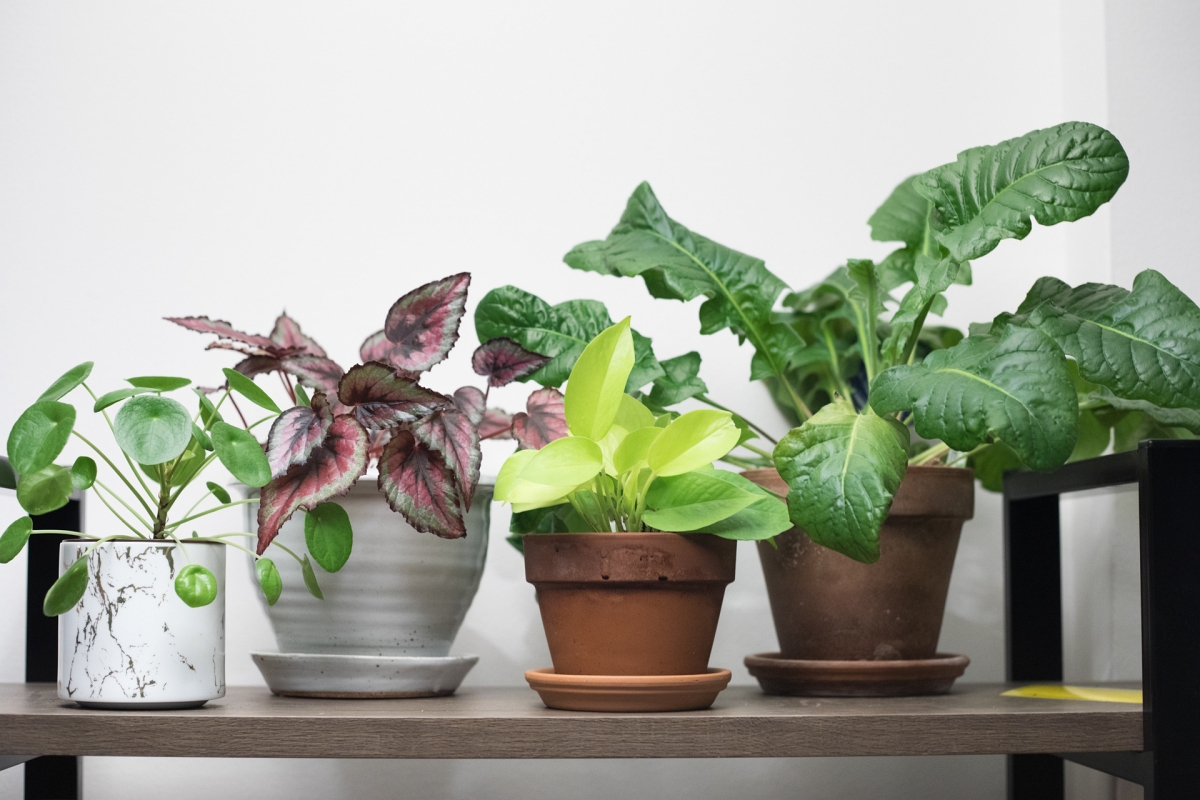
1910s
In the Victorian era there was a trend among the wealthy to build great greenhouses filled with exotic plants from English colonies around the world. If one could not afford that then smaller glass terrariums were a nice bit of decor that gave a simliar message about the importance of plants. But, many people chose to simply have large potted plants inside. Two of the most popular types of plants during this era, and up until the First World War, were palms and ferns. Their big, bushy fronds were considered romantic ambiance for the fussy rooms that were found on both sides of the Atlantic at the time.
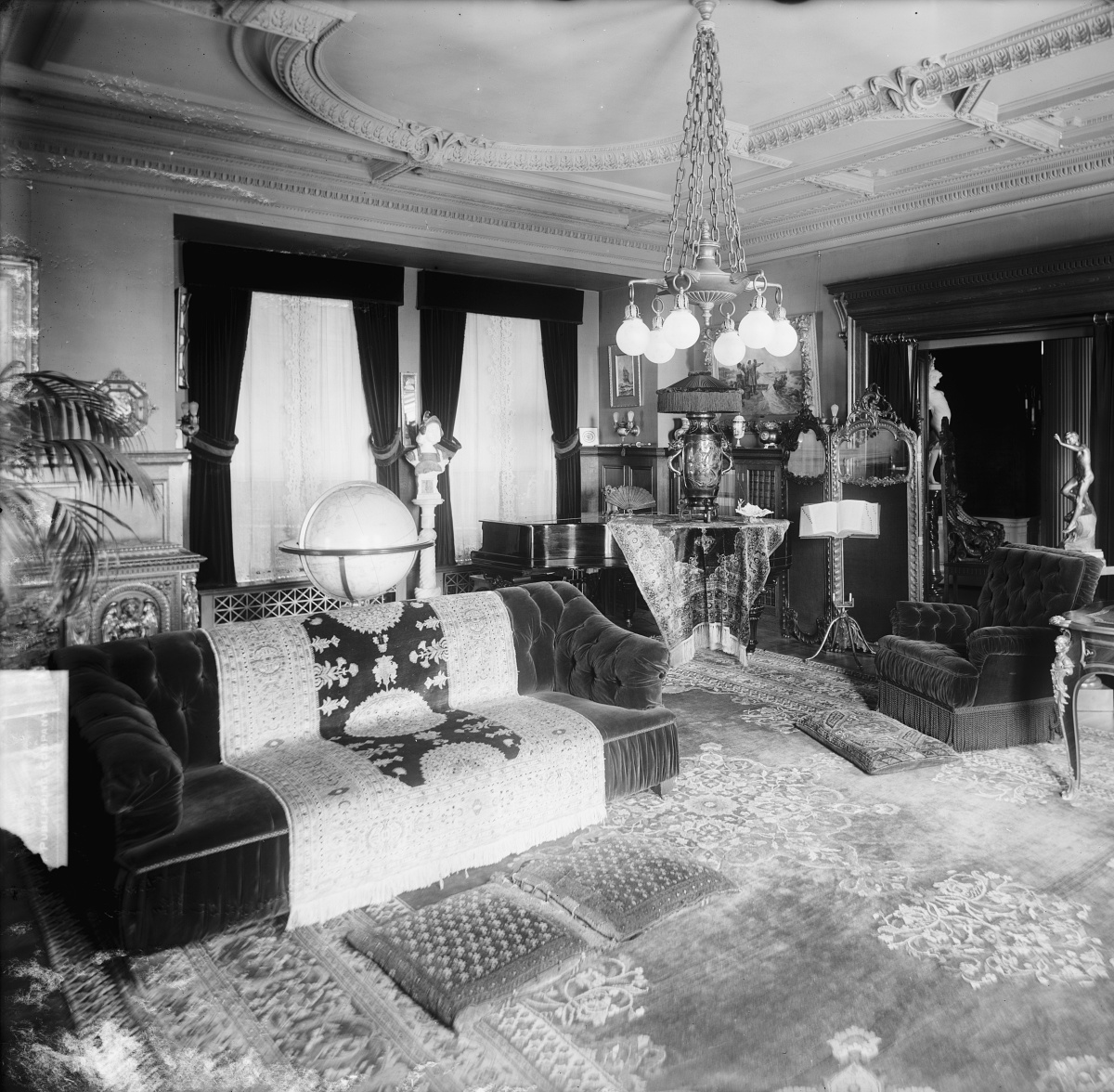
1920s
During the 1920s many people felt that houseplants were to remain with the upper classes as they had done in previous generations. Most ladies’ magazines of the era gave no instruction on which houseplants to choose, instead focusing 100% on the garden and one’s “outdoor living room”. Even advice on “pot plants” (that is, potted plants) was given as an extension of the outdoor growing season. However, there were some plants that were still commonly grown from past eras, such as cast iron plant, ivy, and ferns.
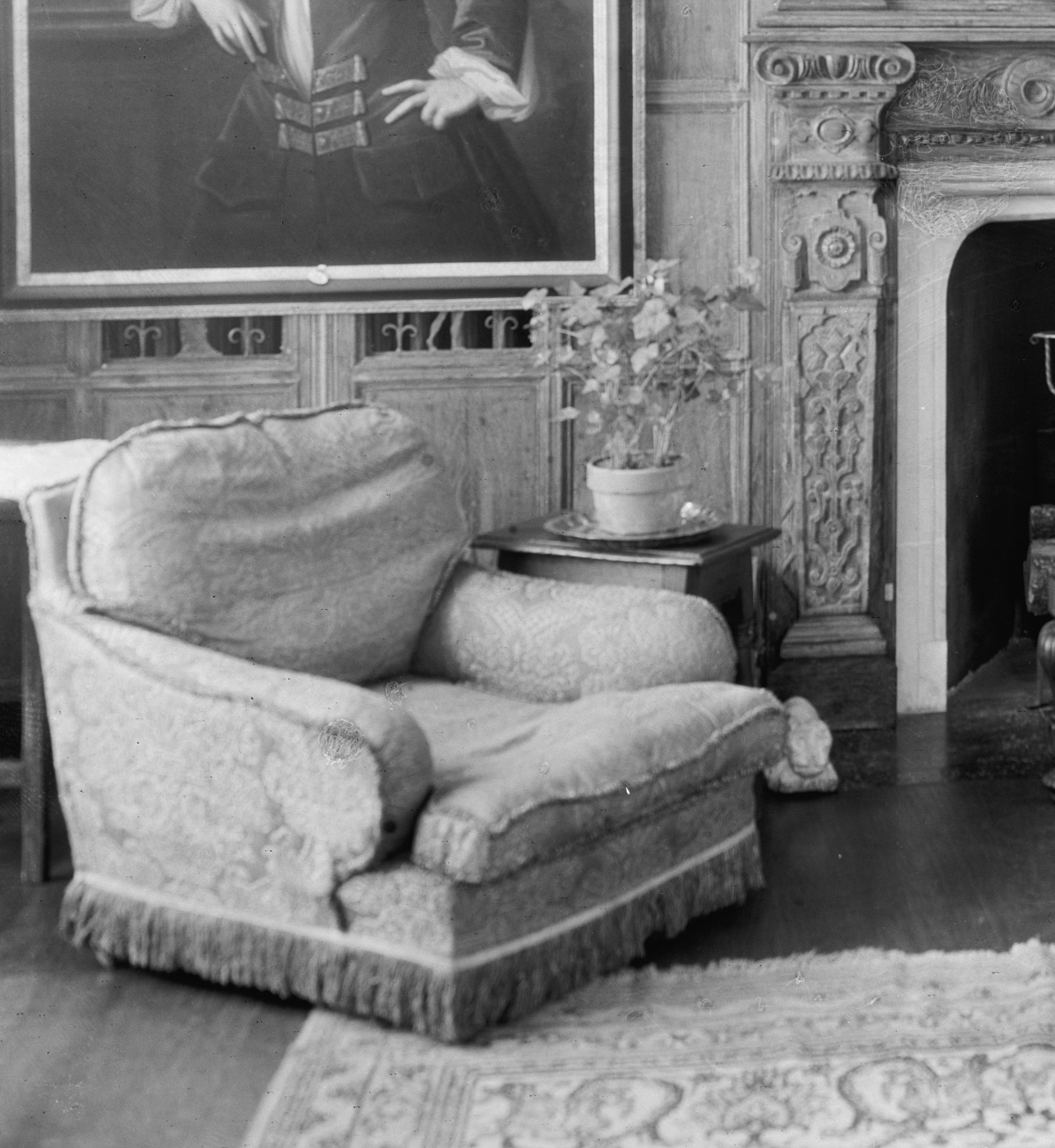
1930s
Potted plants were one of the few things that didn’t cost a lot but really cheered a space up- an important point for 1930s families. With the economy in such lows, many furniture companies began to focus on smaller pieces and breaking up large bedroom sets because their customers could only afford one piece at a time and weren’t purchasing home items all that often. But, plants could be had for free if someone would only give you some cuttings.
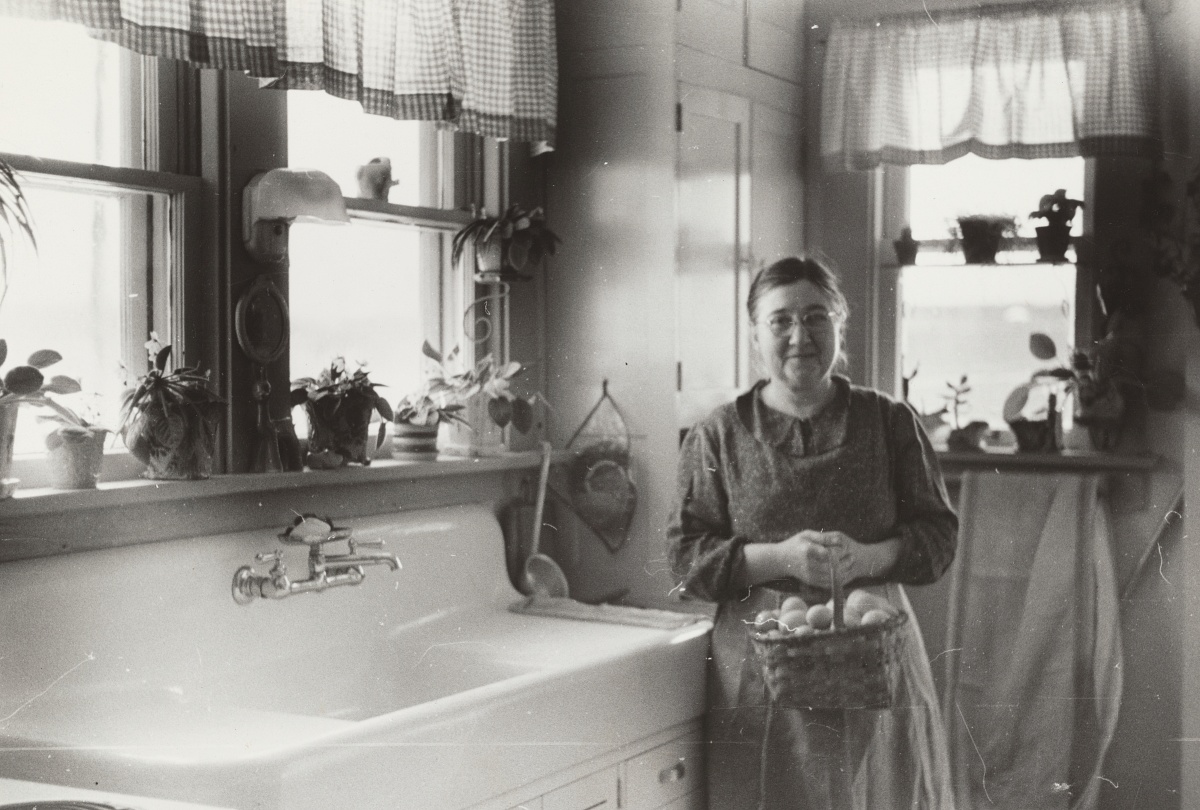
1940s
Smaller houseplants like geraniums and Christmas cacti were often kept in large numbers in kitchen windows- a novel feature or newly-built homes that allowed for lots of light to illuminate formerly-dark sink areas and breakfast nooks. Women kept plants in tin cans if they had to as rationing and lack of supply meant that many everyday goods were unavailable.
With World War II raging on many women brought houseplants in to brighten up their desks at their war work jobs. Others made it a point to plant things that could blossom, like African violets and begonias. Later in the decade returning soldiers from Japan brought the concept of bonsai trees to larger Western audiences as well.
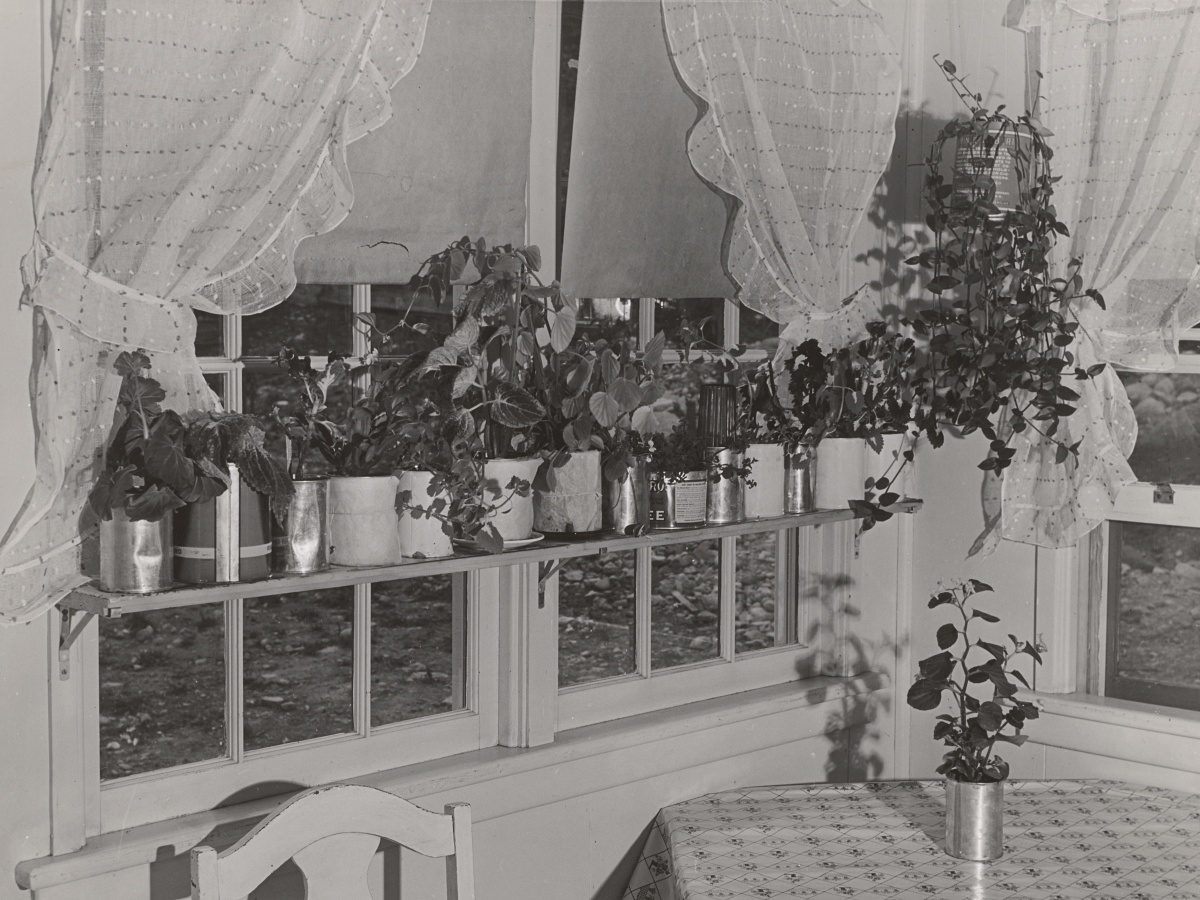
1950s
The decade of Eisenhower, Elvis, and the classic car also ushered in a wave of love for Polynesian, Tiki, and Hawaiian themed food and decor. To go along with the island vibes, many people bought houseplants that brought some of that South Pacific flair into their homes. Plants like palms, bromeliads and monsteras lent a tropical effect to the modern, suburban home – never mind that they were thousands of miles away.

1960s
Atomic era designs were en vogue during the 1950s and into the 1960s. Despite many flowers and plants being the aesthetic opposite of popular space age designs many houseplants were chosen for their odd shapes that mimicked the funky boomerang, atom, kidney bean, and abstract star shapes that dominated the decade. Fishbone cactus, philodendron, and prayer plants were just some of the fun types of plants that added to the look.
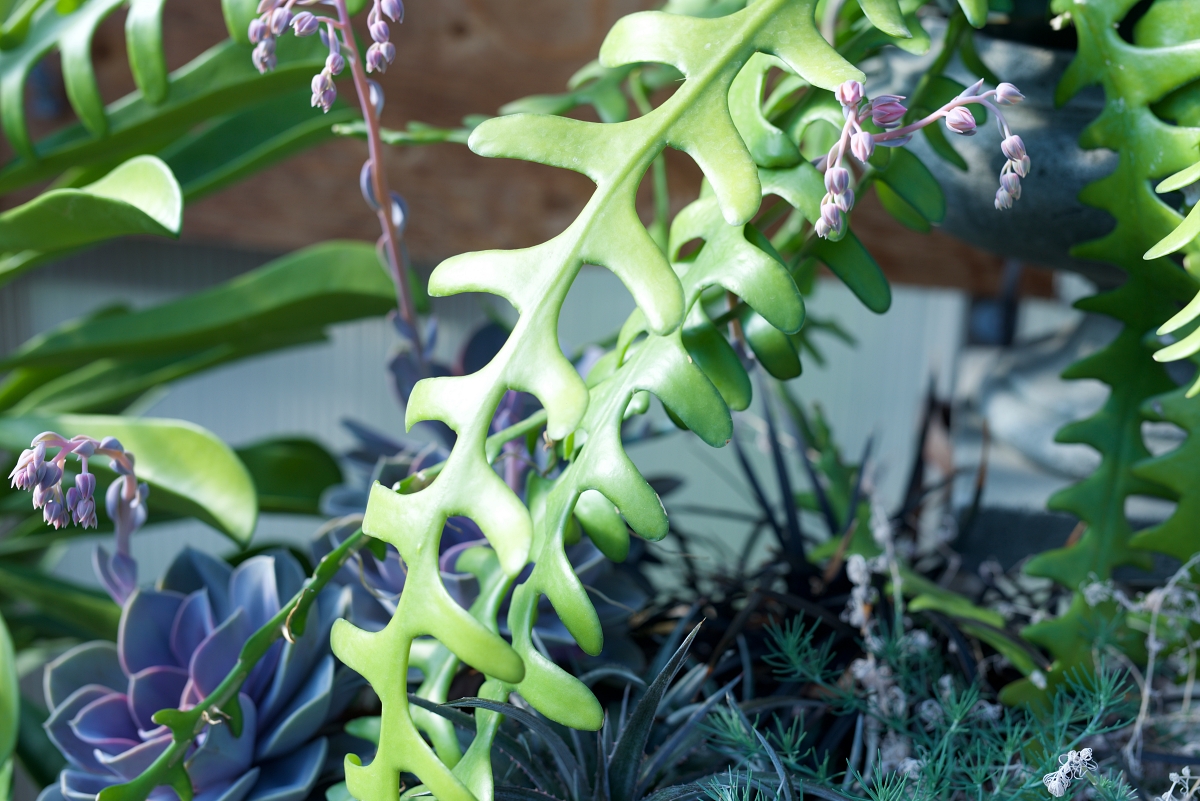
1970s
Jade plants, spider plants, pothos, and other easy-to-propagate vegetation fit in well with the “everything goes” mentality and earthy ethos of the decade. Hanging plants were especially popular as macrame plant hangers were found in a staggering number of homes at the time. Rubber plants and dieffenbachia also were also very common.
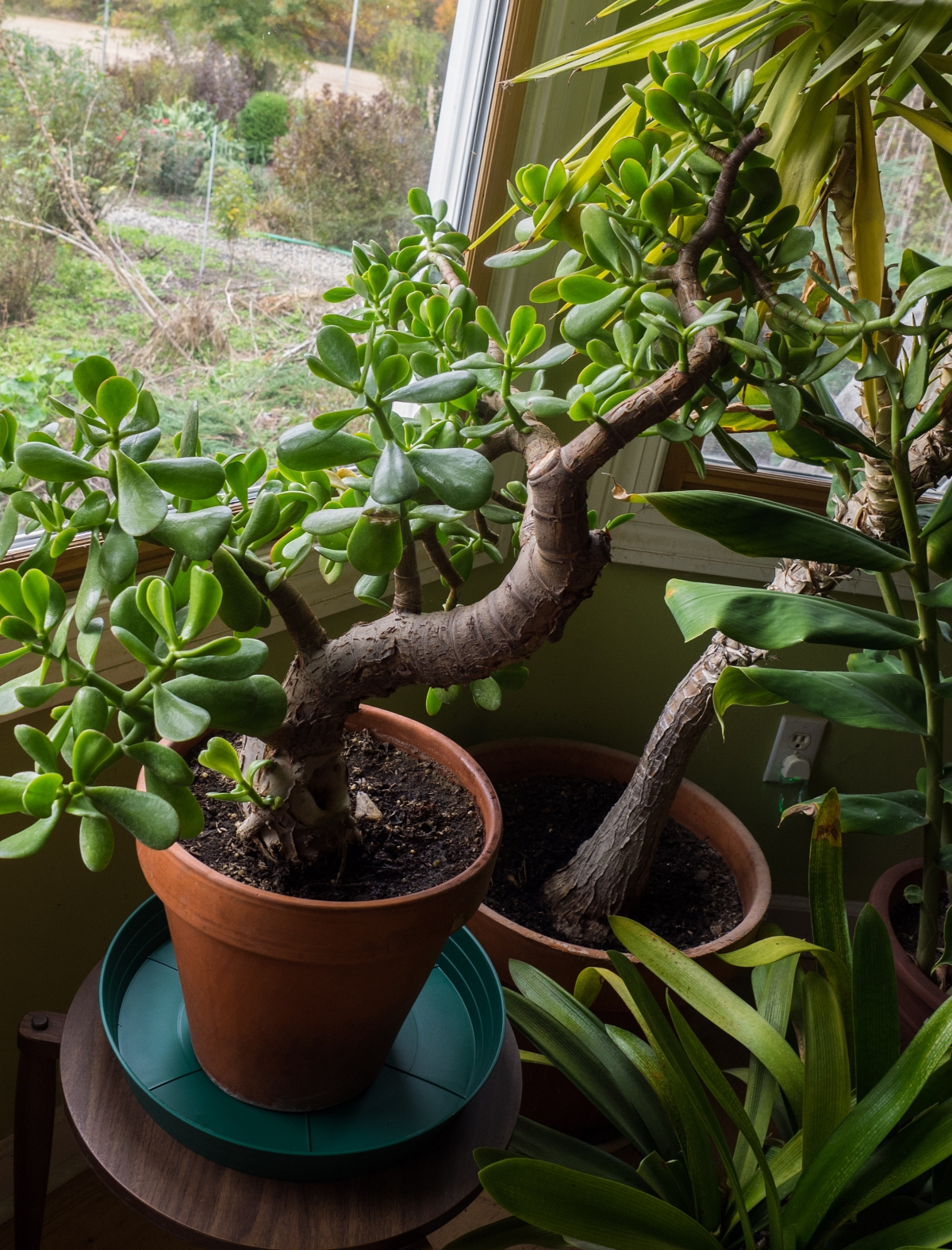
1980s
The popularity of shows that took place in Florida or Hawaii during the 1980s started a to a revival of interest in tropical plants like palms, banana plants, and the fancy-looking leaves of the turmeric plant just to name a few of the more popular ones.
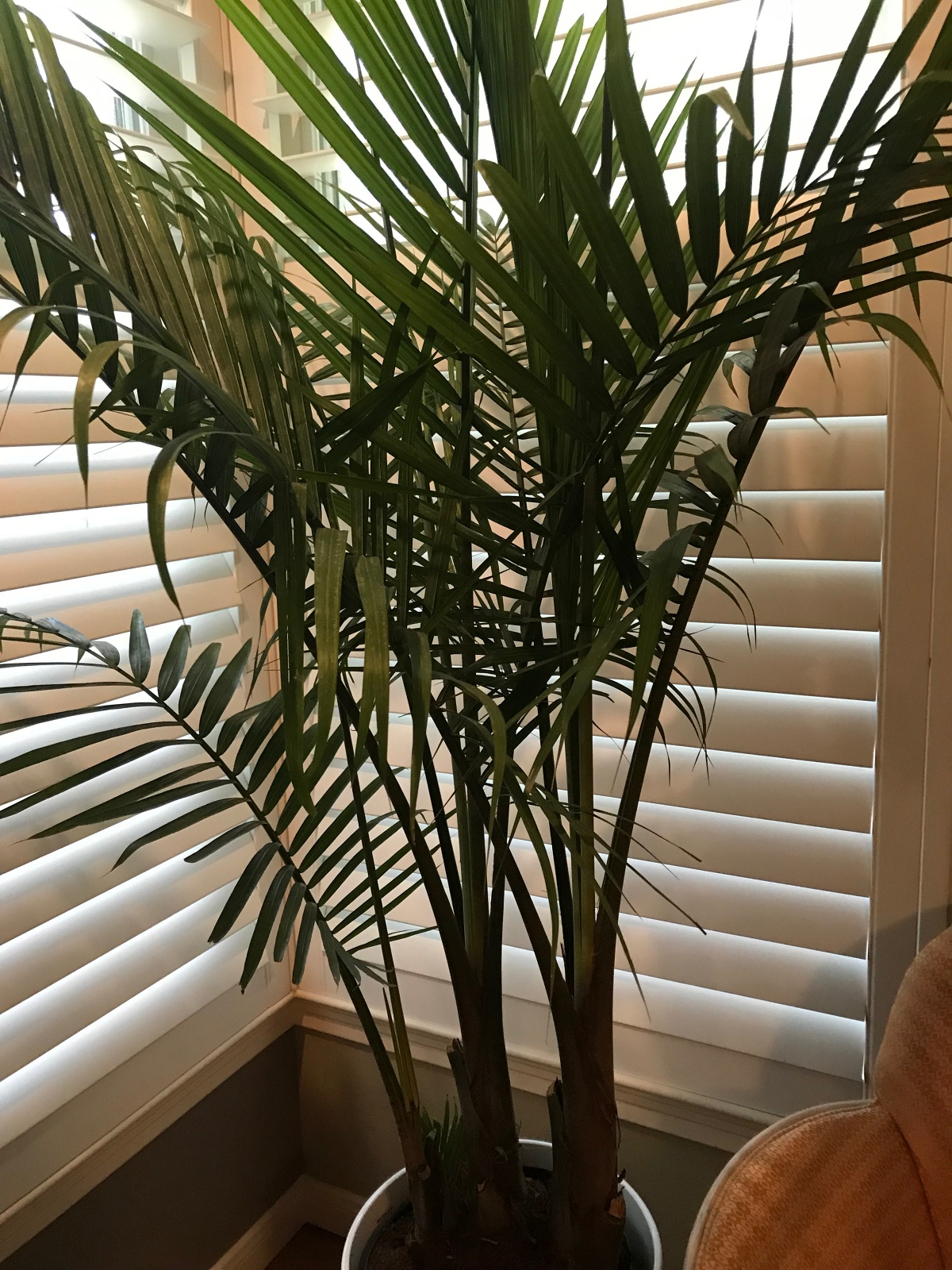
1990s
Amarylis became a popular plant to give at Christmas, and small ficus trees (both real and fake) held court over room corners nationwide.
Calla lilies and money plant (also known as the Guiana chestnut) also were found in many homes, with the later feeding into a Western obsession with feng shui.
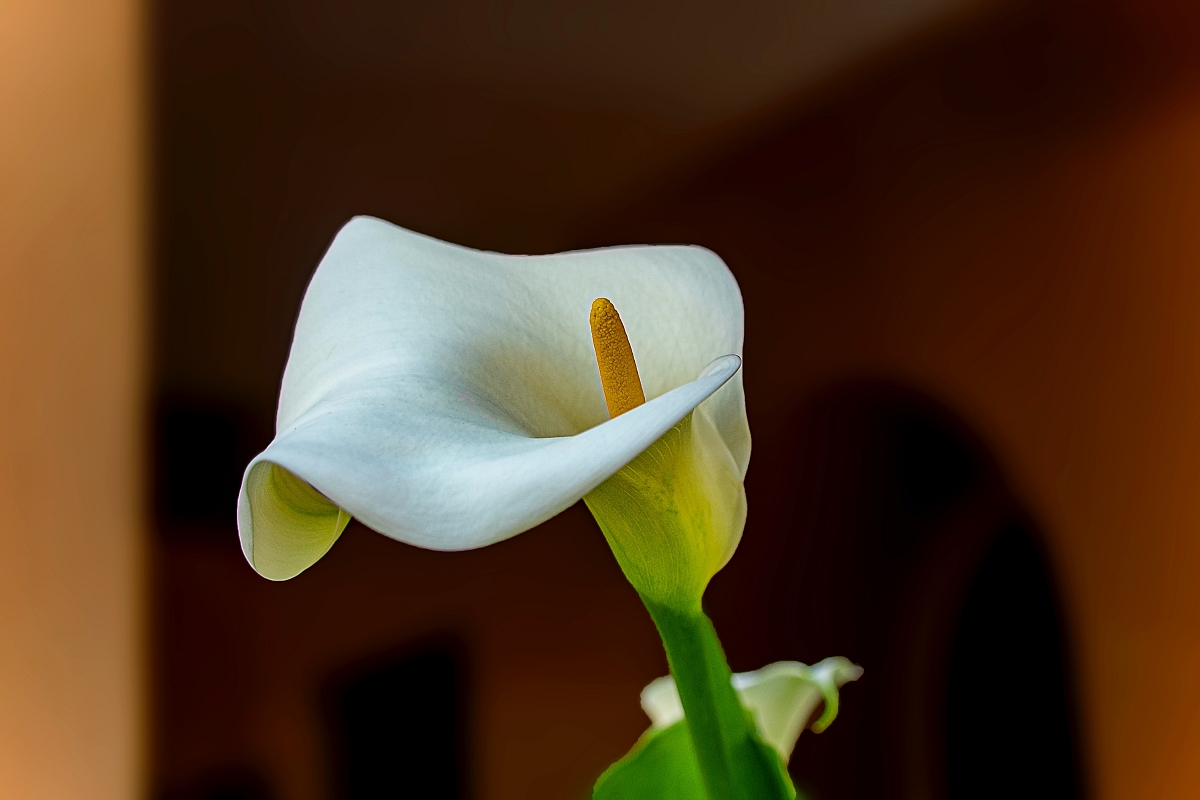
2000s
In the 1990s and 2000s growing orchids at home became all the rage, though many people found out the hard way they weren’t good at providing the very finicky growing conditions that these wild and delicate pants require. Bamboo plants began to spring up in yards as fashionable privacy shields, but the thin stalks of these plants hinted at another trend that banished houseplants from some homes entirely: minimalism. The urge to purge and create open space inside led a select few to shun the clutter (and associated work) of all those little houseplant pots.
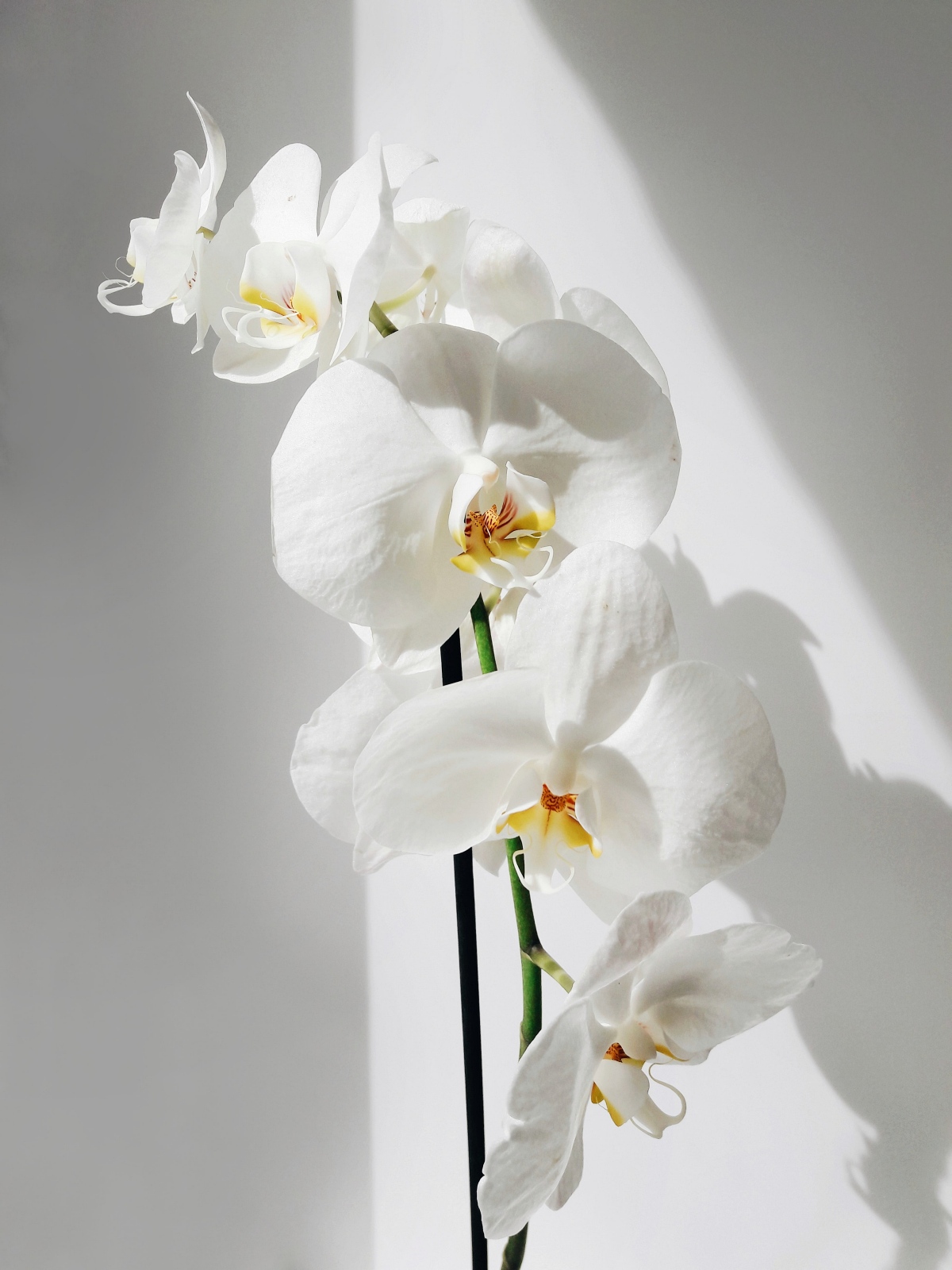
2010s
Fiddle leaf figs, air plants, pepperomia, and snake plants all became big in the world of home plant decor- along with just about any houseplant one could ever think of. Since 2010 referring to oneself as a “plant mom” or “plant daddy” has become trendy and there are whole YouTube channels devoted to filling every available space with plants and tending them.
If you’ve suddenly found yourself longing for more and more plants yours is not an isolated case! And, as more people spend a majority of time at home this trend seems bound to continue.
